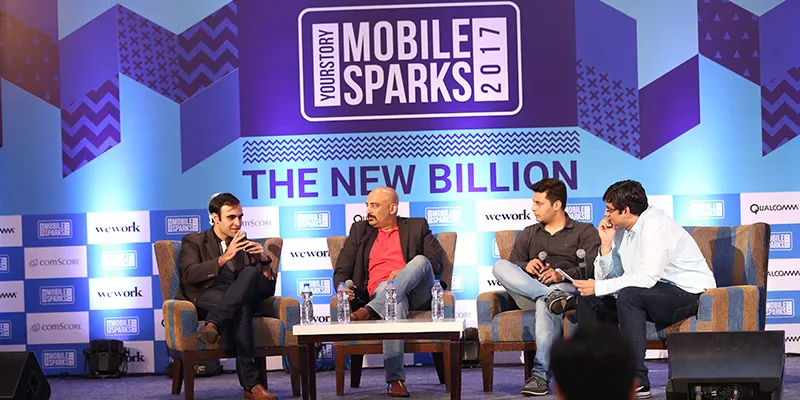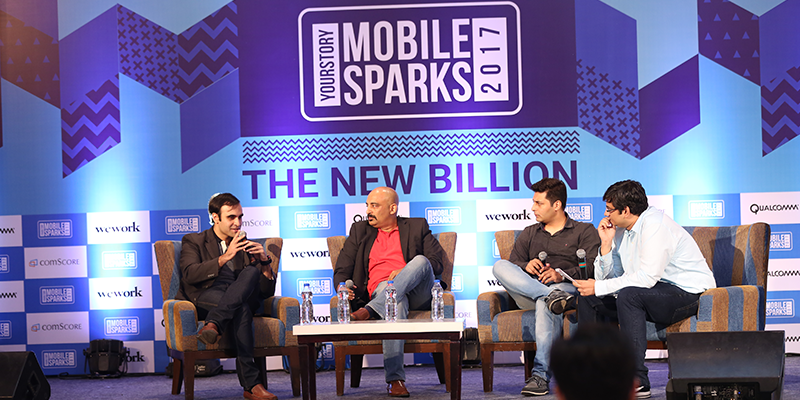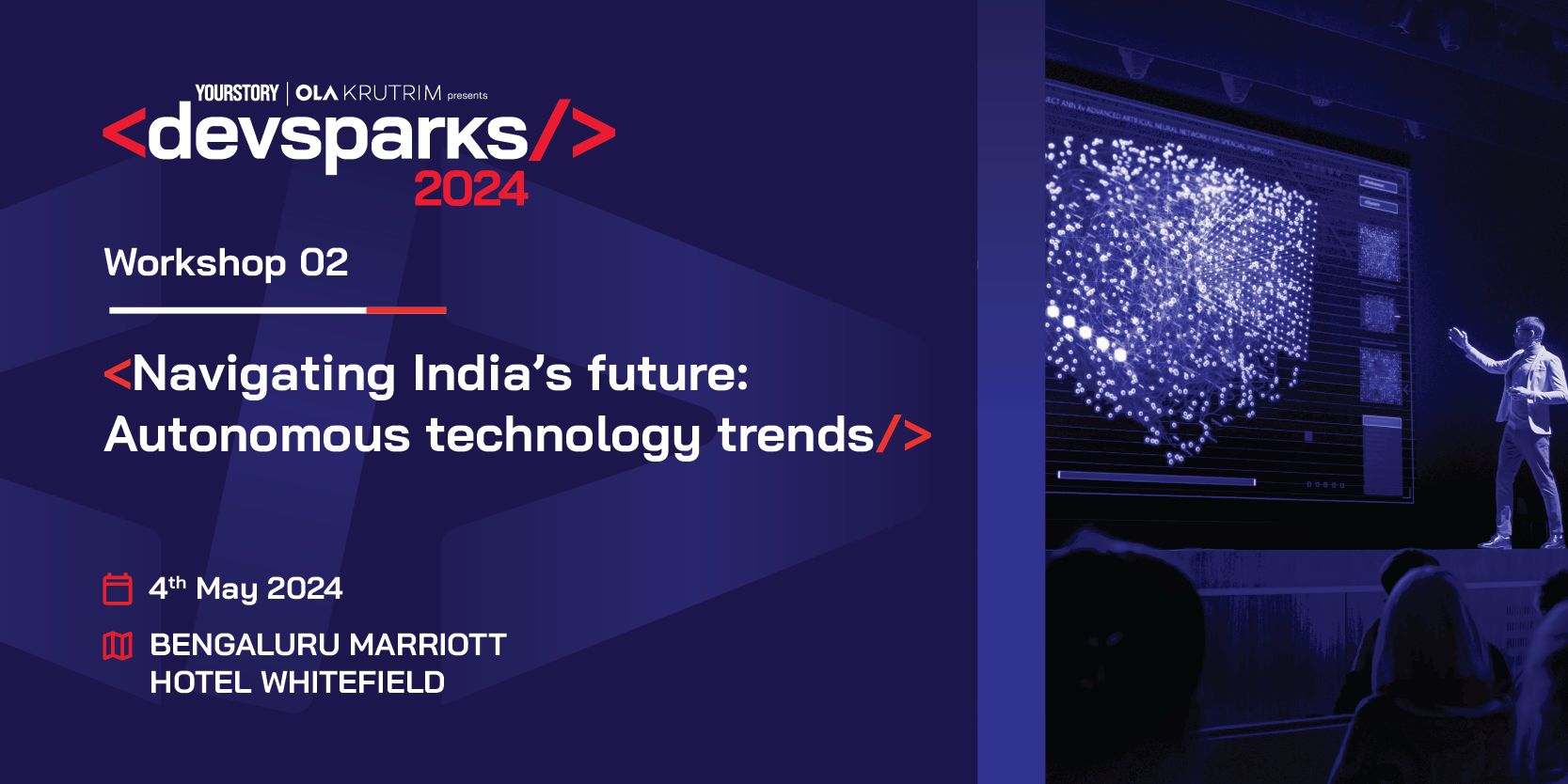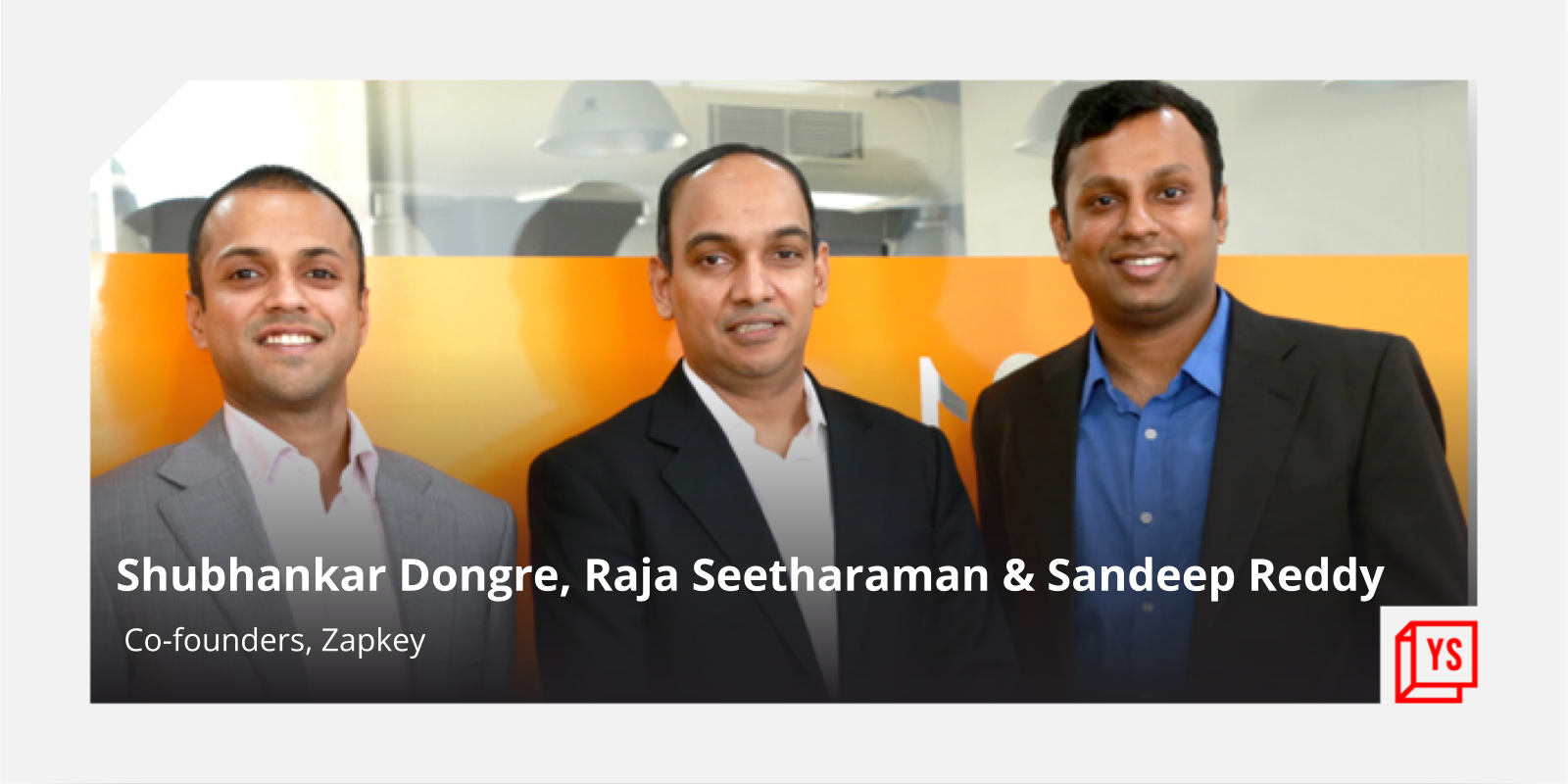Voice, vernacular, video to drive marketing in a market like India, says NetworkOnomy Ventures' Shree
The smartphone revolution has just begun, and that was the key message from industry leaders, product developers, and entrepreneurs at the sixth edition of MobileSparks at Bengaluru. So, the big question is how does one capture the next billion mobile users, and build for them?
The big question is that once you bridge the gap and build products, how do you build the consumer base? How do you take the product for the next set of users and distribute content and look at growing organically?
These questions were addressed by a panel on 'Disruption inside: fostering and profiting from effective marketing, advertising and analytics' by panelists Avi Patchava, Vice-President, Data Sciences and AI, InMobi; Sree Sivanandan, Director, NetworkOnomy Ventures; and Arpan Samuel Ramtek, Product Manager, NowFloats. Here are some key takeaways:

Good products need marketing
Does a good product need marketing in the first place? If it’s good, it shouldn't need any marketing at all, but good products need marketing, and that’s the point Sree drove home. In our times, where there is massive incoming information, it is essential to capture a customer's mind space, and use the right media channels to create awareness. He used the example of how a few months ago Google maps, which was anyways extensively used by most of us, put up huge hoardings across Bengaluru to draw the attention of the customer.
You need marketing to drive product sales, no matter how good is the product
Avi from InMobi pointed out that a good product is not an overnight wonder. Using the example of an OMG Pop, an independent game studio later acquired by Zynga, and how one of their games which went viral overnight, he said, “The game went viral and hardly required any marketing. However, the point to remember is that a good product is hard to come by. It was after multiple efforts that company got this game out and it became a hit.”
Advertising and ROI go hand in hand
When it comes to marketing, the big question is what is the business goal of a company and does Return on Investment (ROI) come into play. Sree said, “For a media company, downloads, churn rates, and engagements are important since you are fighting to get the customer’s mind space since she/he is using only a few apps daily even if they have 30-40 apps on their phone. However, for a lead generation company, there is a need to look at the cost of customer acquisition.”
NowFloats allows small companies to come online and make their presence felt. Arpan pointed out that in his experience of dealing with small businesses, ROI is very, very important. “Most small businesses may not be bothered with downloads, engagements, or visitors, but for them, the ROI is the number of business enquiries and which of these convert into a business.”

Analytics - all data is important
It’s established that analytics is crucial to sales and marketing, but where all can the data be used beyond these segments was one of the questions posed.
According to Arpan, a product-market fit is very important. And if you are an early stage startup, then getting your early users is very important. “You can hustle and handle it. But once you realise that there is a product-market fit, then you have to immediately juice up the game. Here you need to see what the newly discovered audience is reacting to, then take that feedback and put it back into the product.”
Avi drew attention to another important point of how one needs to look at the value chain on how user data can be employed to support business use cases, and drive the product roadmap and requirements.
According to him, one needs to understand if the data is right. That is if you have the right sales approach, marketing strategy, correct content for the user group. Ultimately, if you understand your user in this cycle - advertising, sales, marketing - then that feeds into other functions very effectively into the system. For example, Avi said, “If you have understood your customer as a person and a persona, then you can take informed operations use cases such as what inventory to stock based on customer vicinity and demand."
Personalisation will become the norm
Is ad target useful, and are customers okay with personalisation, was another questions discussed. According to Avi, personalisation was becoming more relevant and the willingness to personalisation was on a spectrum. We start to see benefits where it’s a no-brainer. “If an AI chat helps a child to learn better where a teacher fails, then how many of us would say no to it?” He added, “remember, when Facebook introduced timelines and there was such a huge hue and cry over it but I remember that Zuckerberg didn’t pull the plug on it because of the backlash. He went and looked at the data and realised that data showed a lot more people in favour of it.”
Sree says, “Ad target is context and person driven, as the exposure to the personalisation and the value it offers rises, then the entire hesitation around sharing data will go away.”
What’s in store for the future?
The panelists signed off answering the question on what the future of advertising and marketing would be. According to Avi, there will be holistic advertising with ROI, and multi-channel coordination. What you see on the billboards will be on your screen in two minutes. Also, all the segments around messaging and communication and the value created through it can have a faster feedback loop, and can increasingly help in the future products pivot much faster when they realise something is not working.
According to Arpan, From an enterprise perspective, big players are doing well. Small business perspective-targeting, and granular attribution coming from digital, is becoming essential because its performance is based on marketing since small businesses have a very limited budget.
In the case of marketing and advertising, Sreejith says three V’s - voice, vernacular and video - will drive the future of advertising in a market like India.







![[Funding alert] InnoVen Capital invests Rs 25 Cr in consumer electronics startup boAt](https://images.yourstory.com/cs/2/11718bd0-2d6d-11e9-aa97-9329348d4c3e/Image55f31563363798309.jpg)



